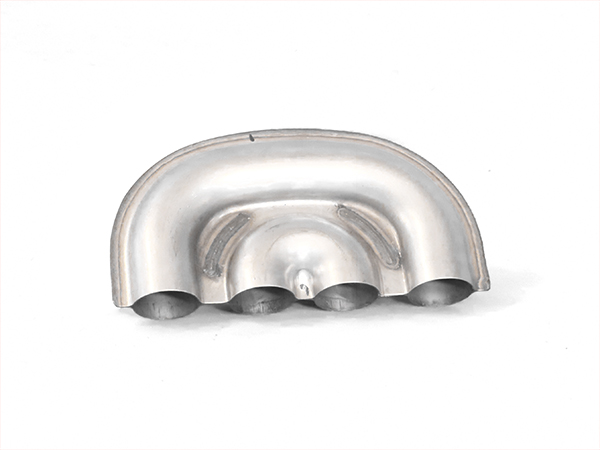4News

Stamping die is a special process equipment that processes materials (metal or non-metal) into parts (or semi-finished products) in cold stamping processing, called cold stamping die (commonly known as cold stamping die).
Stamping is a pressure processing method that uses a die mounted on a press to apply pressure to the material at room temperature to produce separation or plastic deformation, so as to obtain the required parts.
Practice has proved that the hot working quality of the die has a great impact on the performance and service life of the die. From the analysis and statistics of the failure causes of the die, it can be seen that the "accident" of the die caused by improper heat treatment accounts for more than 40%.
(1) Forging process
This is an important link in the manufacturing process of mold work parts. For the die of high alloy tool steel, the technical requirements for metallographic structure such as material carbide distribution are usually put forward.
(2) Preparation of heat treatment
According to the different materials and requirements of the working parts of the mold, the preparatory heat treatment process such as annealing, normalizing or tempering should be used to improve the organization, eliminate the organization defects of the forged blank, and improve the processing technology. High carbon alloy die steel after appropriate preparatory heat treatment, can eliminate the network of secondary cementite or chain carbide, carbide spheroidization, refinement, promote the uniformity of carbide distribution, which is conducive to ensure the quenching, tempering quality, improve the life of the die.
(3) quenching and tempering
This is the key link in the mold heat treatment. If overheating occurs during quenching heating, it will not only cause greater brittleness of the workpiece, but also easily cause deformation and cracking during cooling, which seriously affects the life of the die. Die quenching heating should pay special attention to prevent oxidation and decarbonization, should strictly control the heat treatment process specifications, in the case of conditions permit, vacuum heat treatment can be used. Tempering should be done in time after quenching, and different tempering processes should be used according to technical requirements.
(4) Stress relief annealing
After rough machining, the working parts of the mold should be stress-relieved annealing treatment, the purpose of which is to eliminate the internal stress caused by rough machining, so as to avoid excessive deformation and cracks during quenching. For molds with high precision requirements, stress relief tempering treatment is also required after grinding or electric machining, which is conducive to stable mold accuracy and improve service life.
 JIANKE TOOL&DIE
JIANKE TOOL&DIE
